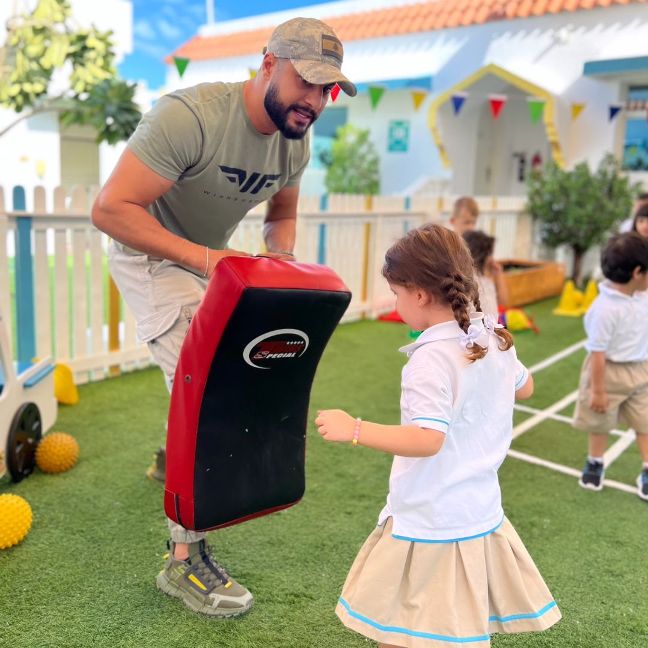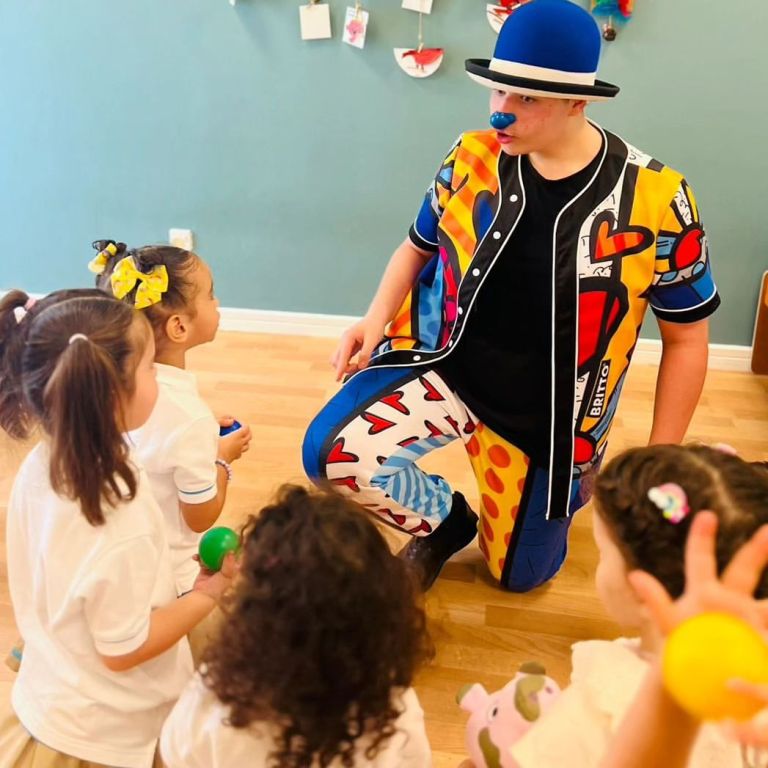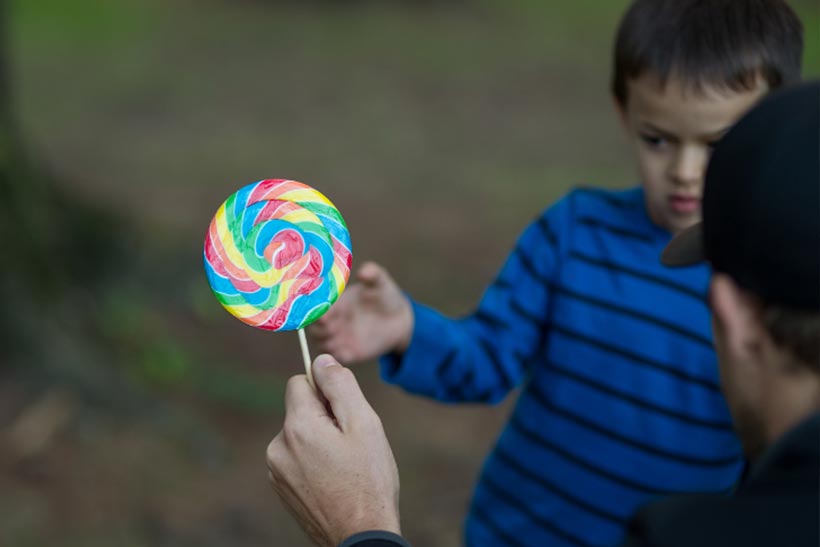How Should Children Deal with Strangers
In today’s rapidly evolving world, teaching children about safety and awareness is paramount. One of the most crucial lessons parents and caregivers can impart to young ones is how to deal with strangers. But how should children deal with strangers effectively and confidently? Let’s delve deeper into this topic and explore various strategies, tips, and considerations to help keep our little ones safe.
Understanding Who Strangers Are
Defining Strangers
It’s essential to start by explaining to children who strangers are. Strangers are individuals whom they do not know or recognize. However, it’s important to note that not all strangers are dangerous or harmful. Some strangers, such as police officers, firefighters, or teachers, are there to help and keep them safe.
Teaching Discrimination
Teaching children to discern between “safe strangers” and “unsafe strangers” is crucial. Safe strangers are individuals they can trust in emergencies, like a police officer or a store employee. Unsafe strangers, on the other hand, are individuals they should avoid and not interact with, such as strangers who approach them in public places or ask them to go somewhere with them.
Establishing Boundaries
Setting Personal Boundaries
Encouraging children to establish personal boundaries is vital. Teach them to assertively say “no” if a stranger makes them uncomfortable. Emphasize the importance of listening to their instincts and intuition and encourage them to trust their feelings.
Role-playing Scenarios
Practice role-playing scenarios with children to help them understand how to respond in different situations involving strangers. For example, act out scenarios where a stranger approaches them at the park or tries to offer them a ride home. By rehearsing these scenarios, children can feel more prepared and confident in real-life situations.
Discussing Stranger Danger Signs
Educate children about common stranger danger signs, such as strangers asking them to keep secrets, offering gifts or treats, or asking them to go somewhere alone. Teach them to recognize these warning signs and to seek help from a trusted adult if they encounter them.
Communication Strategies
Open Communication
Maintaining open and honest communication with children about strangers and safety is crucial. Encourage them to come to you with any concerns or questions they may have, and create a safe space where they feel comfortable sharing their experiences.
Teaching Safety Phrases
Teach children safety phrases they can use in different situations. For example, “I need to check with my parent first” or “I’m lost, can you help me find my mom?” By equipping children with these phrases, they can effectively communicate their need for help without divulging personal information.
Practicing Active Listening
Practice active listening when children express their fears or concerns about strangers. Validate their feelings and reassure them that it’s okay to feel scared or unsure in certain situations. Encourage them to trust their instincts and to seek help if they ever feel uncomfortable or threatened.
Using Technology Safely
 Online Safety
Online Safety
In today’s digital age, teaching children about online safety is essential. Monitor their internet usage, educate them about the risks of interacting with strangers online, and establish clear rules and boundaries for internet use.
GPS Tracking Devices
Consider using GPS tracking devices or smartphone apps to keep track of your child’s whereabouts, especially in crowded or unfamiliar places. These devices can provide peace of mind for parents and caregivers and can help locate a child quickly in case of an emergency.
Conclusion
In conclusion, teaching children how to deal with strangers is a critical aspect of keeping them safe in today’s world. By educating them about who strangers are, establishing personal boundaries, practicing communication strategies, and promoting online safety, parents and caregivers can empower children to navigate the world confidently and safely.
Remember, safety is a shared responsibility, and it’s essential for parents, caregivers, educators, and communities to work together to create a safe and nurturing environment for children to grow and thrive. By teaching children valuable safety skills and fostering open communication, we can help them stay safe and secure wherever they go.











This blog delves into an essential aspect of parenting: teaching children how to deal with strangers safely. In today’s world, where safety is paramount, it’s crucial for parents and caregivers to equip children with the skills and awareness to navigate encounters with strangers confidently. By providing comprehensive guidance and strategies, this blog empowers parents to instill a sense of safety and confidence in their children. Thank you for addressing such an important topic and offering valuable insights to help keep our little ones safe.